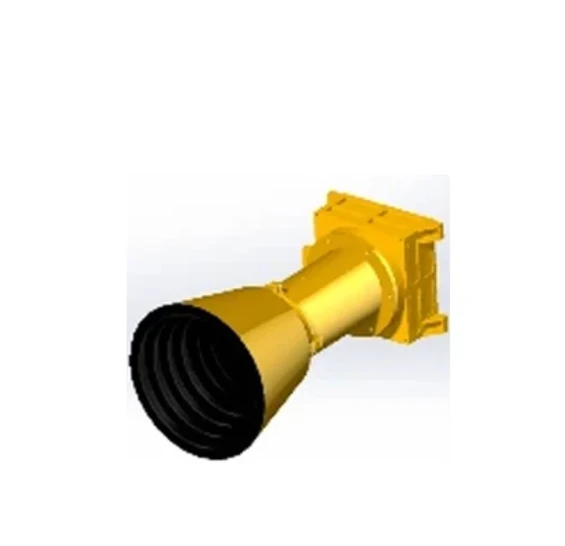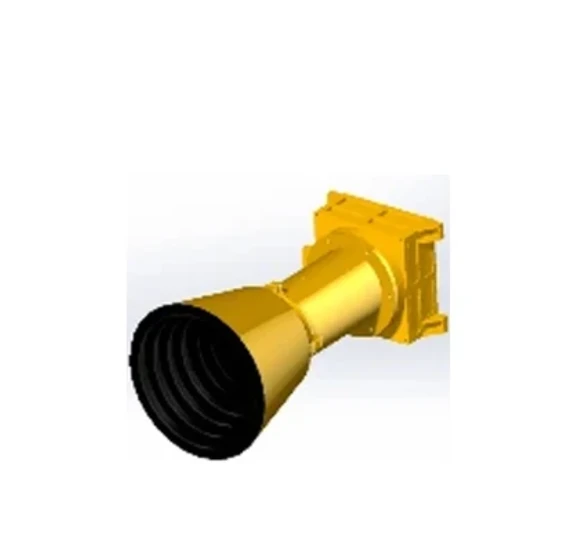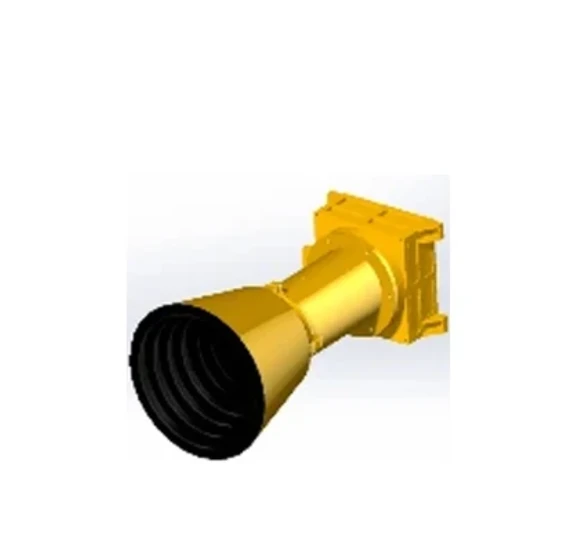
- afrikanisch
- albanisch
- Birmanisch
- Arabisch
- Armenisch
- Aserbaidschanisch
- baskisch
- Weißrussisch
- Bengali
- bosnisch
- bulgarisch
- katalanisch
- Cebuano
- China
- Kasachisch
- kroatisch
- tschechisch
- dänisch
- Niederländisch
- Englisch
- Esperanto
- estnisch
- finnisch
- Französisch
- Friesisch
- galizisch
- georgisch
- Deutsch
- griechisch
- Griechisch
- Haitianisches Kreolisch
- Hausa
- hawaiisch
- hebräisch
- NEIN
- Miao
- ungarisch
- isländisch
- igbo
- Indonesisch
- irisch
- Italienisch
- japanisch
- Javanisch
- Nepalesisch
- Kasachisch
- Khmer
- Ruanda
- Koreanisch
- kurdisch
- Kirgisisch
- Arbeit
- lateinisch
- lettisch
- litauisch
- Luxemburgisch
- mazedonisch
- Maltesisch
- malaiisch
- Lettisch
- maltesisch
- Maori
- Marathi
- mongolisch
- Myanmar
- Nepalesisch
- norwegisch
- norwegisch
- Okzitanisch
- Persisch
- persisch
- Polieren
- Portugiesisch
- Punjabi
- rumänisch
- Russisch
- Samoan
- Schottisches Gälisch
- serbisch
- Englisch
- Shona
- Singhalesisch
- Singhalesisch
- slowakisch
- Slowenisch
- somali
- Spanisch
- Sundanesisch
- Suaheli
- Schwedisch
- Tagalog
- Tadschikisch
- Tamil
- Tatarisch
- Telugu
- Thai
- Türkisch
- Turkmen
- ukrainisch
- Urdu
- Uigurisch
- Usbekisch
- Vietnamesisch
- Walisisch
- Helfen
- Jiddisch
- Norwegisch
- Zulu
Nachricht
Innovating Wireless Networks With Microstrip Patch Antenna Technology
The growing need for efficient, high-frequency communication has led to significant advancements in antenna design. At the forefront of this innovation are microstrip patch antenna technologies, which offer compact, cost-effective solutions for a wide range of wireless and satellite-based applications. From TV transmission antenna systems to 2.4 GHz microstrip patch antenna designs, these antennas are redefining performance standards across industries.

The Evolution of Microstrip Antennas
The traditional transmission antenna has served as the foundation of communication systems for decades. However, the need for miniaturized and efficient designs in portable and embedded systems gave rise to the microstrip antenna. These antennas are composed of a radiating patch on one side of a dielectric substrate with a ground plane on the other.
One of the most popular variants is the microstrip patch antenna, appreciated for its ease of fabrication and integration. The planar configuration allows it to be mounted on flat or curved surfaces, making it ideal for aerospace, automotive, and telecommunication devices.
2.4 GHz Microstrip Solutions for High-Frequency Applications
Operating in the ISM (Industrial, Scientific, and Medical) band, the 2.4 GHz microstrip antenna and 2.4 GHz microstrip patch antenna are frequently used in WLAN, Bluetooth, and drone communication systems. These antennas offer high gain, directional radiation, and reduced interference, ensuring robust data transmission in dense environments.
Their frequency-specific performance makes them invaluable in applications requiring reliable connections over short to medium distances. Additionally, their low-profile design supports integration into slim devices and UAV platforms, where traditional antennas would be impractical.
Enhancing Performance with Aperture Coupled Microstrip Antennas
To meet higher bandwidth and polarization requirements, engineers often turn to the aperture coupled microstrip antenna. This design introduces a slot or aperture between the feed line and the radiating patch, enhancing power transmission and reducing feed radiation.
The aperture coupled microstrip antenna structure allows for better impedance matching and wider bandwidth than standard configurations. Its advanced characteristics make it suitable for high-frequency radar, military communication systems, and next-generation wireless technologies, where precision and performance cannot be compromised.
TV transmission antenna and radio transmission antenna systems are increasingly adopting microstrip patch antenna arrays to replace bulky legacy solutions. Their high efficiency and adaptable design contribute to better signal strength and broader coverage.
In aerospace and satellite communication, transmission antenna technologies based on microstrip designs enable seamless data exchange between ground stations and orbiting systems. Lightweight and compact, they help reduce payload while enhancing operational reliability.
The use of microstrip antenna technology also extends into automotive radar systems, wearable electronics, and remote sensing devices, showcasing its versatility and wide-ranging applicability.
The Future of Microstrip-Based Communication
As global reliance on wireless communication intensifies, so does the demand for high-performance antenna systems. The continuous evolution of microstrip patch antenna, 2.4 GHz microstrip antenna, and aperture coupled microstrip antenna technologies will play a pivotal role in shaping future networks.
Manufacturers and communication companies are investing heavily in research and development to improve gain, reduce return loss, and enhance radiation efficiency. These advancements promise to deliver more robust, faster, and more reliable wireless systems, powered by the very antennas that now serve as their foundation.











